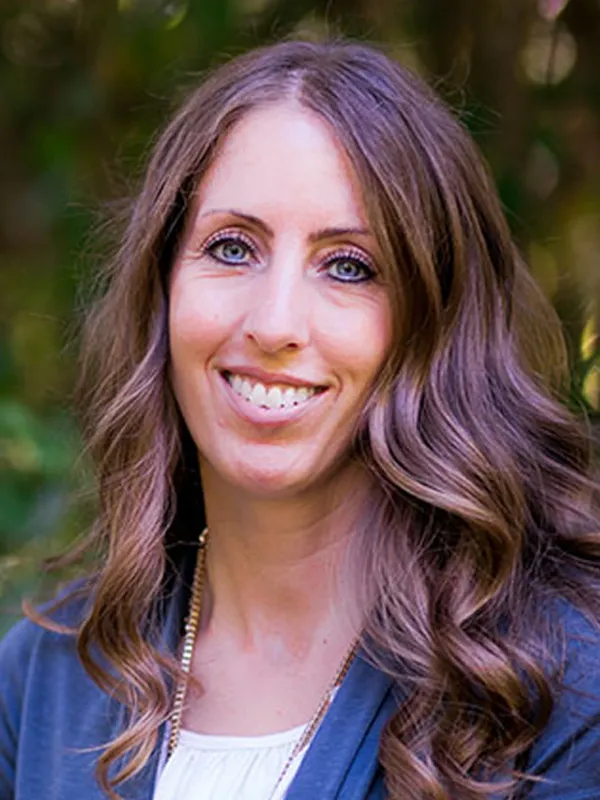
The anesthesia profession is undergoing a quiet but significant shift. Staffing shortages, changing care delivery models, and new legislation are reshaping how anesthesia teams are built. At the center of these changes are Certified Registered Nurse Anesthetists (CRNAs), who are now more in demand, and more empowered, than ever before.
A Rising Demand, A Changing Landscape
As surgical procedures grow and more care moves to outpatient settings, the need for anesthesia providers is increasing faster than the supply. But it’s not just a numbers game. Health systems are rethinking how they structure their teams, especially in rural hospitals and ambulatory surgery centers where physician shortages and budget constraints are more common.
In response, CRNAs are stepping into new roles. More facilities are expanding their use of CRNAs in both supervised and independent practice. In some states, CRNAs are gaining greater autonomy, especially in areas where access to care is critical. Even in traditional medical direction models, healthcare leaders are recognizing the clinical expertise CRNAs bring to the table.
What This Means for CRNAs in Today’s Job Market
For CRNAs looking for their next role, this evolving landscape offers new opportunities, and new considerations. Hiring trends are shifting in several important ways:
More Independent Roles
In states that have opted out of federal supervision requirements, and in underserved regions, CRNAs are being recruited to lead anesthesia care independently. These positions often offer more decision-making responsibility, clinical freedom, and leadership potential.
Hybrid Supervision Models
Many hospitals are adopting flexible staffing models that allow CRNAs to work at the top of their license in collaboration with physician anesthesiologists. This balance of autonomy and teamwork is proving to be a strong model for both safety and efficiency.
Outpatient Growth
Ambulatory surgery centers (ASCs) are expanding rapidly, and CRNAs are key to making them successful. Their ability to manage high-turnover cases with skill and focus makes them an essential part of ASC staffing strategies.
Workplace Culture Matters
With provider burnout in the spotlight, hiring managers are focusing more on culture. Practices that offer wellness resources, predictable schedules, and respectful work environments are attracting CRNAs who want sustainable careers.
Adapting with Intention
CRNAs are well-positioned in today’s market, but making the most of it requires being informed and intentional. Understanding your state’s practice laws, knowing how different supervision models work, and being clear on credentialing expectations will help you evaluate which opportunities are the best fit.
Staying engaged in continuing education, building professional networks, and staying active with organizations like the AANA can also help you stay ahead of changes. More importantly, they keep you connected to a broader movement working to expand CRNA practice rights and professional recognition.
Looking Ahead
The anesthesia workforce will keep evolving. Changes in reimbursement, legislation, and care delivery will continue to shape what CRNA jobs look like; and where they are needed most. But one thing is clear: CRNAs are not just filling staffing gaps. They are helping redefine how high-quality, efficient, and accessible anesthesia care is delivered.
Whether in a rural hospital, a specialty ASC, or a hybrid health system, CRNAs are proving that skill, adaptability, and a patient-centered mindset are the foundation of the future.

